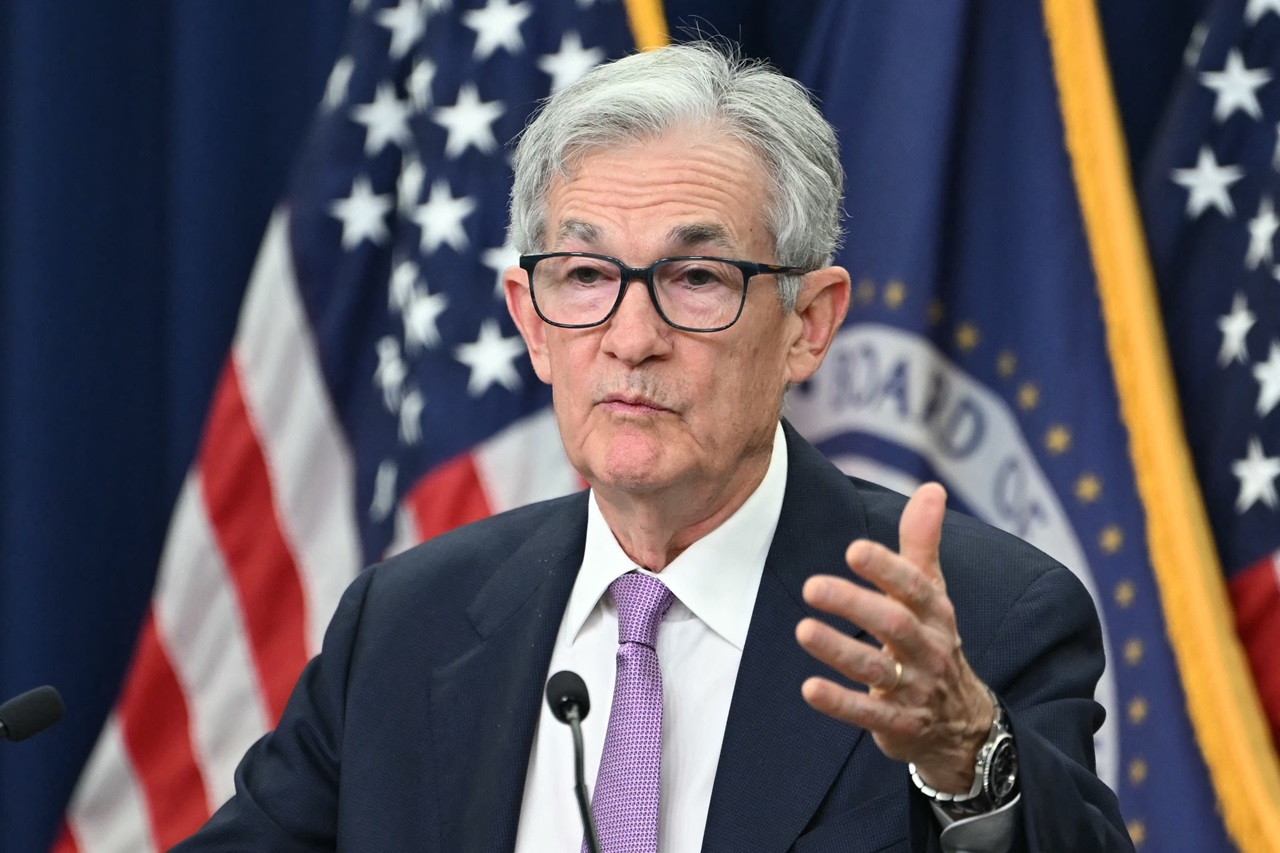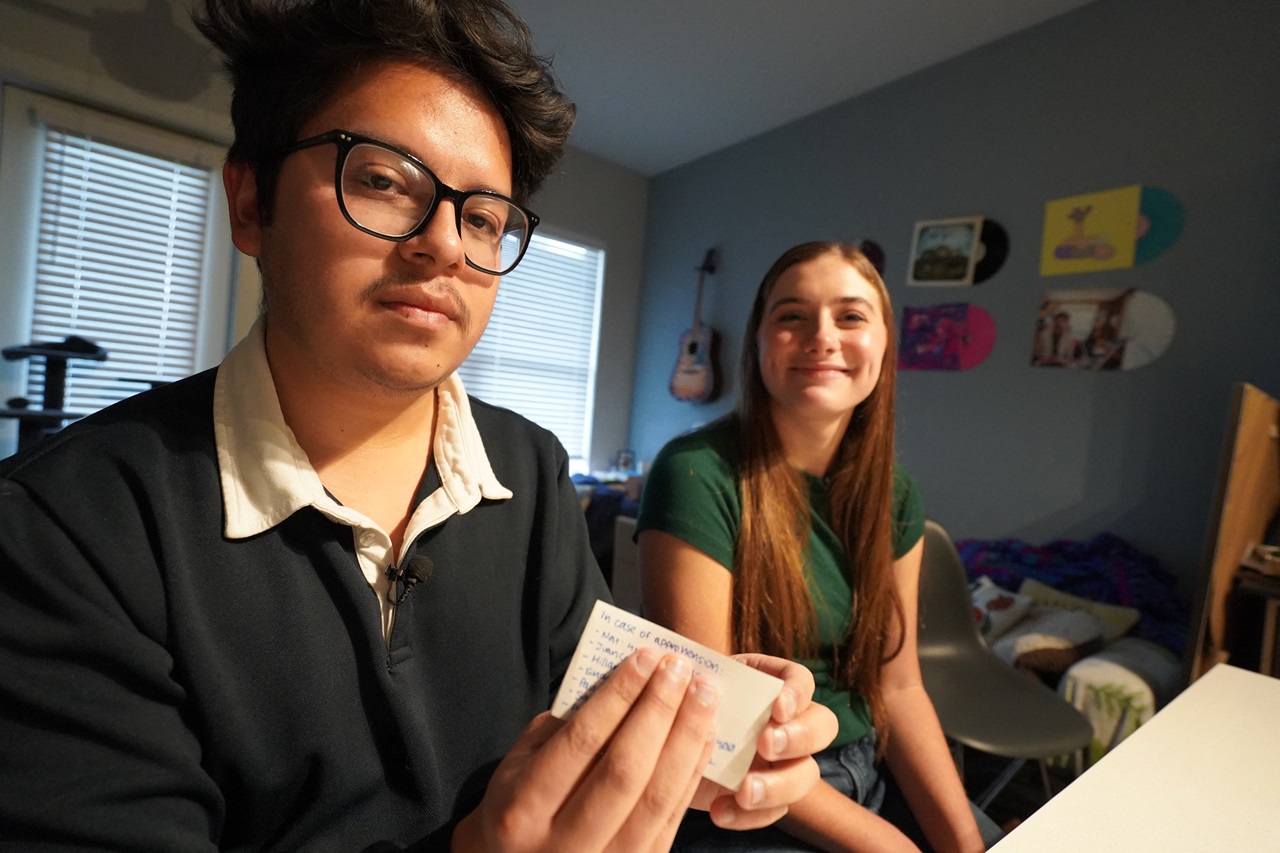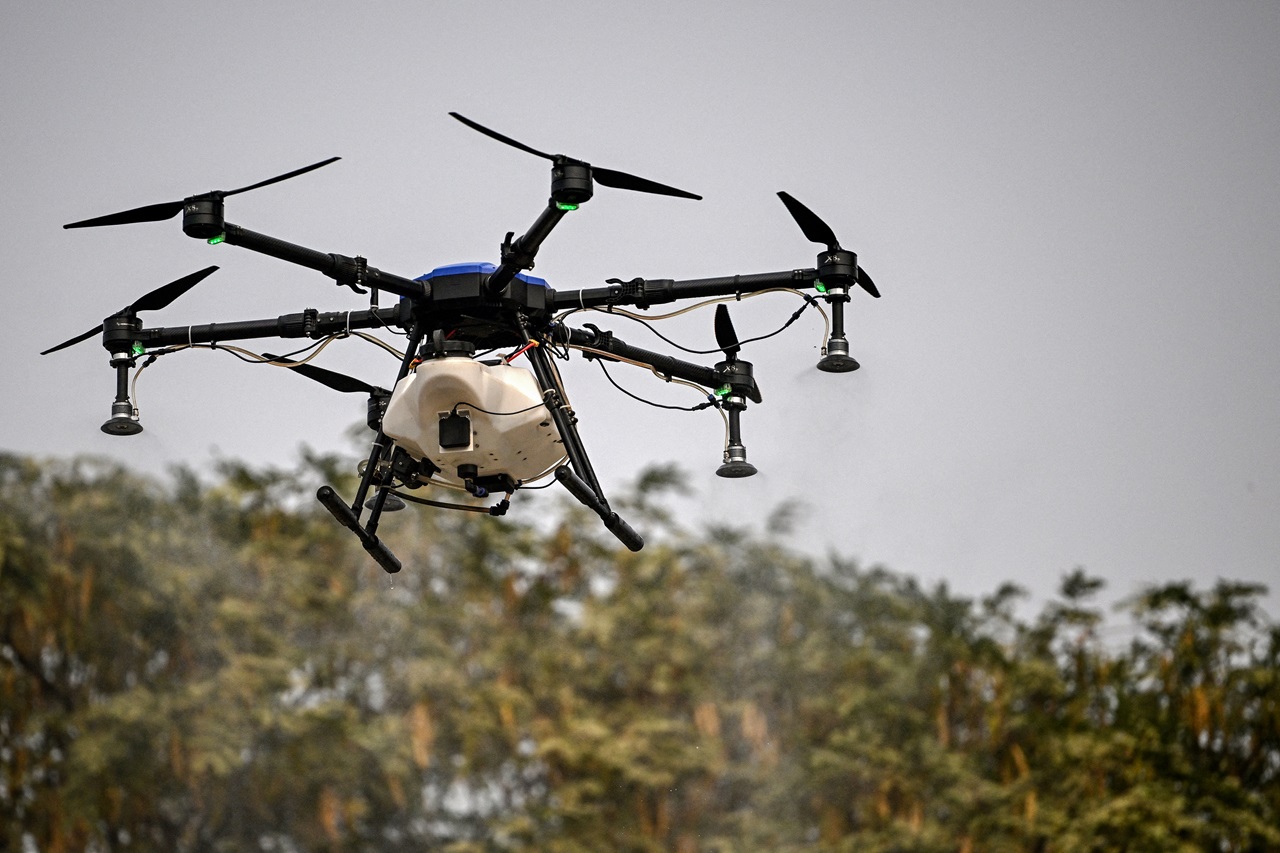
Deaths from Hurricane Maria estimated to be more than 4,000
A Harvard study, released Tuesday, estimated that 4,645 Puerto Ricans died due to Hurricane Maria from Sept. 20 — Dec. 31, 2017.
A new study, conducted by a team of researchers at the Harvard T.H. Chan School of Public Health and published Tuesday in the New England Journal of Medicine, estimated the death toll for Hurricane Maria to be 4,645 — not 64, the number currently listed as the official government toll which the Harvard report terms “a substantial underestimate of the true burden of mortality after Hurricane Maria.”
At 70 times the official count, that number only includes data from Sept. 20, when the Category 4 storm slammed the island, through the end of 2017, without factoring in possible deaths from complications and interruption in normal healthcare that occurred well into 2018; around 40,000 Puerto Ricans were still without power as of April.
The study found that healthcare disruption for the elderly and loss of power for basic utility services for the chronically ill led to a third of the estimated 4,645 deaths in the period directly following the storm, as well as other cases in which lack of access to medical attention during a health emergency turned fatal, as happened for Ivette Leon, from Caguas, Puerto Rico, described in The Washington Post article:
“Leon arrived on the afternoon of Nov. 27 and waited hours overnight before a doctor told her she had diverticulitis and prescribed antibiotics. Leon was never admitted but spent those hours hooked to medical equipment in the emergency room. The next afternoon Leon was sent home with prescription drugs but did not improve. At 7 a.m. the following morning, Montanez said her father summoned her to the family home because Leon was short of breath.
It took 20 minutes to obtain cell reception and call 911 from their metropolitan Caguas neighborhood. It took another 10 minutes, records show, before the ambulance could reach Leon’s home because of road congestion and failing traffic lights. Paramedics tried to revive Leon using CPR, but she was already dead upon their arrival. Montanez tried for days to have an autopsy performed, but she said no government agency or private medical organization had the capacity to conduct one.”
RELATED CONTENT
According to the study, Leon’s death was one of thousands that was a direct result of the loss of power, infrastructure damage, and other effects of Hurricane Maria. Harvard researchers found the number by randomly surveying 3,299 households throughout the island, asking about displacement, infrastructure loss, causes of death, and the overall effects of the natural disaster. Researchers found the number of “excess deaths” by comparing the estimated post-hurricane mortality rate of 14.3 deaths per 1,000 people with official rates for the same period of time in 2016.
Even the 4,645 estimate is likely to be low, the researchers noted in the study’s conclusion, explaining that “subsequent adjustments for survivor bias and household-size distributions increase the estimate to more than 5,000.”
According to Latino Rebels, the first study of the death count from Maria that ran contrary to the official Puerto Rican government’s claim was conducted by the Puerto Rico’s Center for Investigative Journalism in November, while a New York Times study published Dec. 8 estimated the death count to be 1,052, not 64. In January, Puerto Rican government reported that there had been 1,194 more deaths in Sept. and Oct. 2017 combined compared to the same time period in 2016. Another study by George Washington University that was commissioned by the Puerto Rican government is expected to be released within the next few months.
Listen to Latino USA’s breakdown of the death count process in this edition of their podcast in January, and read more about the recovery process on the island as reported by Telemundo 62 reporter Syrmarie Villalobos in an exclusive interview with AL DÍA.











LEAVE A COMMENT:
Join the discussion! Leave a comment.